About us
ZOEF is a creative, creating collective. Every performance has its own character, transforming the location and context into a musical expierence. We try to push our environment and ourselves to move boundaries. Together with our audience, we explore different styles with arrangements tailored to our ensemble.
This collective emerged from the mindset of the Ricciotti Ensemble. Here we gathered experiences with playing for many different audiences and learned how to make authentic connections through a broad and diverse repertoire. Starting from our base repertoire (incl. Bach, Britten, Fauré, Piazzolla, Purcell, Vaughan Williams, and different arrangements of jazz, klezmer and folk music) we build an authentic performance for each location, inspired by our audience. By visiting and exploring our locations in advance, we often arrive at the topics that will determine our performance.
Musicians
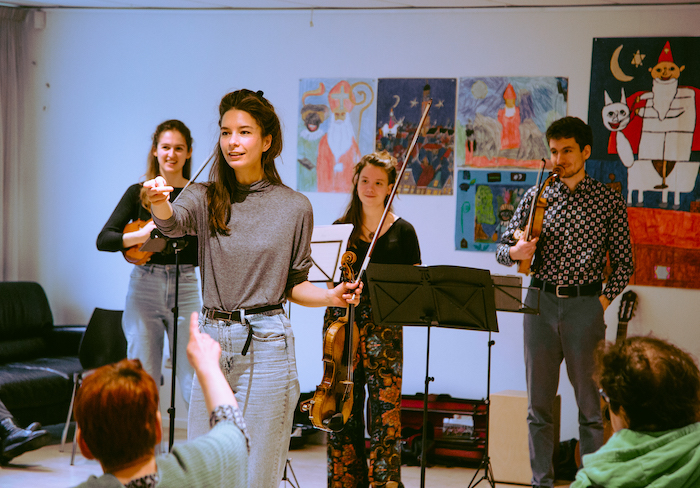
Musicians 2024:
Nina Zuure
Stijn Brinkman
Maud Busschers
Joris Branderhorst
Annemarie Hensens
Benjamin de Boer
Noah Stakenborg
Job Huiskamp
Ensemble ZOEF was founded by:
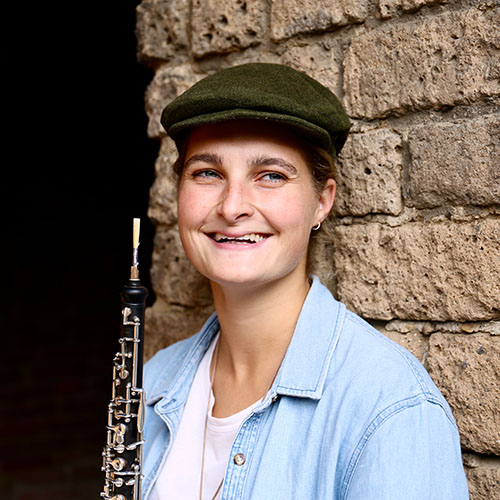
Maud Busschers
oboist and philosopher

Stijn Brinkman
violinist and historian
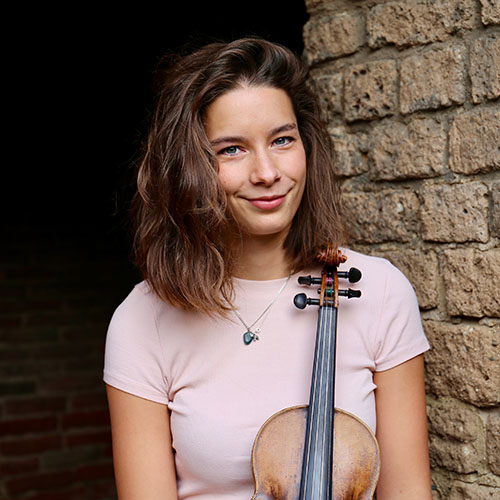
Nina Zuure
violinist and remedial educationalist
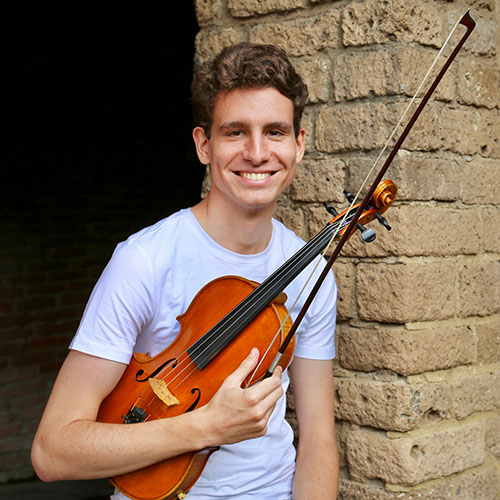
Georgios Andreadis
violist and IT engineer
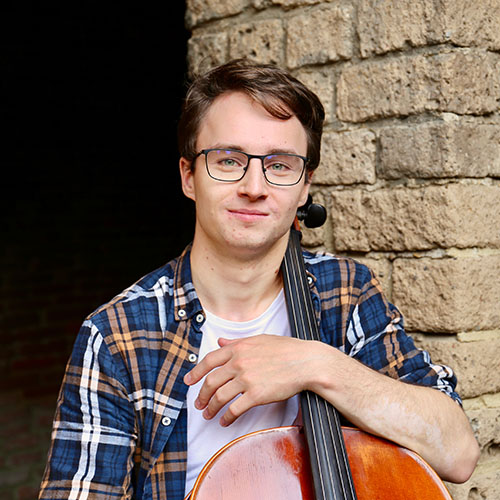
Liutauras Žilaitis
cellist and mathematician
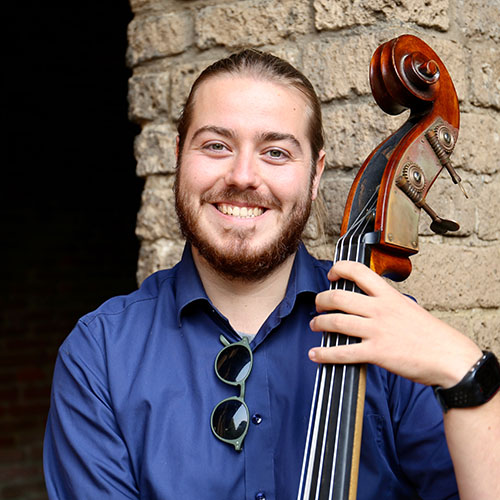
Orrin van Leeuwen
bass player and IT engineer
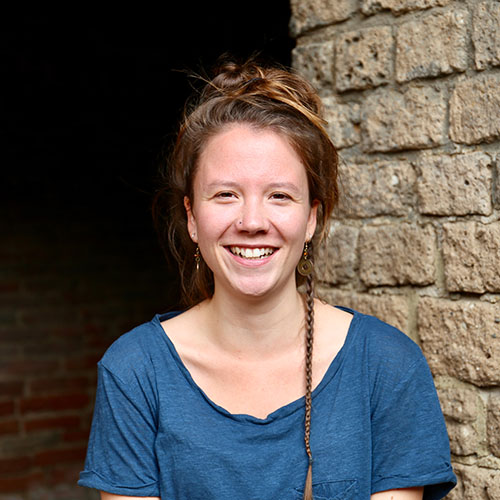
Janneke Stoute
singer, violinist and anthropologist
ZOEF consists of musicians with backgrounds in social work, philosophy, and orthopedagogy, among other fields. This diversity ensures that the ensemble connects not only musically but also artistically and pedagogically with diverse target groups, allowing music to bring depth, connection, and healing.
Photography credits: Julia Koenen. Please request permission before use.
Projects
Most of our performances are a part of bigger projects in which we try to reach a specific audience.
Looking forward to 2026–2027
For which audience? Dak- of thuislozen
We want to keep going! And with this new goal on the horizon, we're making a few minor adjustments: Cultureel Zwerfgoed* wordt cultureel zwerfgoed. In 2026 and 2027, we'll expand cultureel zwerfgoed to twenty Leger des Heils locations, spread across five regions in the Netherlands. At each location, we'll give three workshops and one public performance, followed by a return visit and a mini-exhibition in the neighborhood. In total, we'll reach approximately 200 participants and 1,000 visitors. In addition to recordings and music boxes, we're developing new forms of collaboration with facilitators and residents to deepen our local impact. This way, we're building a sustainable network in which music strengthens ownership, connection, and humanity, both within and outside of shelters.
cultureel zwerfgoed is made possible in part by the Fonds voor Cultuurparticaptie and the VSBfonds.
Summarizing Cultureel Zwerfgoed 2024
For which audience? Dak- of thuislozen
We held three workshops and a closing concert at nine locations, reaching a total of 130 to 150 residents. Together with 43 participants and 14 activity leaders, we determined the content and approach during preliminary visits. Six of the nine concerts were open to the public; the external audience of approximately one hundred visitors visibly boosted participants' self-confidence. The collaboration with Leger des Heils was crucial: thanks to their coordination, we were able to combine freedom and direction, and build personal relationships with residents. Our open, vulnerable approach fostered an exchange of equals, in which music became a catalyst for remembrance, growth, and healing.
The impact extended beyond the workshops: participants demonstrated lasting openness and initiative. Several residents began writing their own lyrics or re-participating in activities. Music also proved to be a bridge between residents, leaders, and neighbors. In some cities, public attitudes even shifted from distrust to emotion, such as in Tilburg, where a neighborhood petition disappeared after attending a concert.
These journeys are documented in two documentaries by Pixel Universe. ZOEF and Leger des Heils want to continue and expand the project, convinced of the social value of local connections and human growth.
Cultureel Zwerfgoed
For which audience? Individuals in homeless shelters
The pilot project of the previous year was full of heartwarming and meaningful moments: "Many of our residents are depressed and don't see many moments of joy, but you brought a lot of light and joy to our shelter" (coach at one of the shelters ZOEF visited). We would like to build on this and extend the project to even more people. With everything that we've learned from the pilot project, this new phase will be at bigger scale and hopefully reach even more and younger homeless individuals. In close collaboration with the Dutch shelter organization "Leger des Heils", we will visit 10 shelters across the Netherlands, starting in April 2024.
Pilot Cultureel Zwerfgoed
For which audience? Individuals in homeless shelters
We channeled the untapped cultural talents of homeless individuals in this project, where we coached them in writing their own music. This pilot was a collaboration with Joris Branderhorst (also known as George Kush).
Rondom die Lijntjes
For which audience? Patients in psychiatric clinics and in insitutions for the syndrome of Down
For persons with a mental handicap, music can be a powerful force for connection and inspiration. In this project in 2022, we hope to provide at least 10 performances for these persons, bringing our music and tailor-made performance to them. To make our performances accessible to the whole audience, we include them in the process by involving elements of drawing and improvisation.
On Students' Doorsteps
For which audience? Students (vocational and scientific education)
Being a student in this time of social isolation is difficult. In this project, we want to reach and connect those students, coming to their doorstep or school and playing custom-made performances for them.
This project is financially supported by the Fonds Podiumkunsten.
Masquerade - Collaboration with Chiel Nugter
For which audience? Everybody
In this project, we collaborated with a young Dutch composer to make his dream a reality: recording a CD of his music with a classical ensemble. The album with music by Chiel Nugter can be found on Spotify.
An Energetic Breeze
For which audience? Children at special education schools
In our first project, we wanted to connect one that was disproportionally affected by the COVID-19 pandemic: children with special education needs. We made custom musical performances for each occasion and managed to play for hundreds of children, in total.
This project was financially supported by the Prins Bernhard Cultuurmakersfonds.
ZOEF documentaries
Episode 1: Amersfoort
How do you give space to stories that are rarely heard? With Cultureel Zwerfgoed, Ensemble ZOEF visits Leger des Heils shelters to make and play music with residents. In close collaboration with the Leger des Heils, we visited nine social shelters throughout the Netherlands starting in April 2024 to give hidden worlds of experience a place through music! Through workshops and concerts on location, we brought the music back to the place where it deserves to be heard. The special encounters in these places will stay with us for the rest of our lives. Our deepest gratitude goes to Pixel Universe, who, with their exceptionally honest approach, managed to capture these stories. This episode focuses on the reason for Cultureel Zwerfgoed: it shows how music can be a key to connection, ownership, and humanity in a place where these are not self-evident.
Episode 2: Rotterdam
Music is in everyone. With Cultureel Zwerfgoed, Ensemble ZOEF visits Leger des Heils shelters to make and play music with residents. In close collaboration with the Leger des Heils, we visited nine social shelters throughout the Netherlands starting in April 2024 to give hidden worlds of experience a place through music! Through workshops and concerts on location, we brought the music back to where it deserves to be heard. The special encounters at these places will stay with us for the rest of our lives. Our deepest gratitude goes to Pixel Universe, who, with their exceptionally honest approach, managed to capture the stories. This episode focuses on the how of Cultureel Zwerfgoed: co-creation as the key to ownership, connection, and recovery.

 Donate
Donate